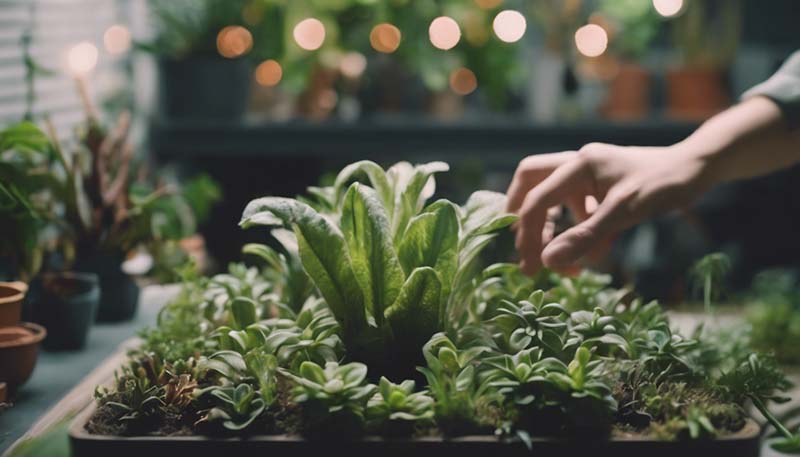Indoor Gardening: How to Care for Your Plants
Introduction
Indoor gardening is a rewarding hobby that can transform your living space into a serene oasis. It's not just about aesthetics; plants can also improve air quality, reduce stress, and add life to otherwise dull areas. This guide will walk you through the basics of indoor plant care, ensuring your green companions thrive in their indoor habitat.
Understanding Your Plants' Needs
Just like humans, plants have specific needs that must be met for them to grow and stay healthy. The key factors include:
- Light: Identify the light requirements for each plant. Some thrive in direct sunlight, while others prefer indirect or filtered light.
- Water: Overwatering is a common mistake. It's crucial to understand when and how much to water your plants.
- Soil: The right soil mix is essential for good root health and nutrient uptake.
- Temperature and Humidity: Many indoor plants originate in tropical climates and prefer warm temperatures and higher humidity levels.
- Fertilizer: Regular feeding with the appropriate type of fertilizer encourages growth and health.
Lighting Conditions
Assess the light in your home. South-facing windows receive the most light, while north-facing ones get the least. Rotate your plants regularly to ensure even growth.
Advertisement
Watering Tips
Watering needs vary by plant type. Generally, it's better to water deeply and less frequently, allowing the top inch of soil to dry out between waterings. Using a well-draining soil mix and pots with drainage holes can prevent root rot.
Choosing the Right Soil
Good indoor plant soil should be well-draining, rich in organic matter, and free of weed seeds and diseases. You may need to amend your soil with perlite, vermiculite, or coconut coir to improve drainage and aeration.
Maintaining Humidity and Temperature
Indoor plants often struggle with the dry air produced by heating systems in winter. To increase humidity, you can place a tray of water near your plants, use a humidifier, or mist your plants regularly. Avoid placing plants near heating or cooling vents.
Feeding Your Plants
Most indoor plants benefit from regular feeding during the growing season. Use a balanced, water-soluble fertilizer, and follow the package instructions for dilution rates and frequency. Reduce feeding during the dormant season.
Pruning and Cleaning
Regularly remove dead leaves and spent flowers to encourage new growth and maintain the plant's appearance. Pruning also helps to improve air circulation and light penetration. Clean your plants' leaves with a damp cloth to remove dust, which can hinder photosynthesis.
Common Pests and Diseases
Watch out for common indoor plant pests like spider mites, aphids, and mealybugs. Isolate new plants and treat infestations promptly with insecticidal soap or neem oil. Also, be on the lookout for signs of disease, such as yellowing leaves, black spots, or wilting.

Conclusion
Indoor gardening is about creating a symbiotic relationship between you and your plants. By understanding their needs and providing the right care, you can enjoy a lush, green indoor environment that benefits your well-being and that of your plants. Happy gardening!
Comment